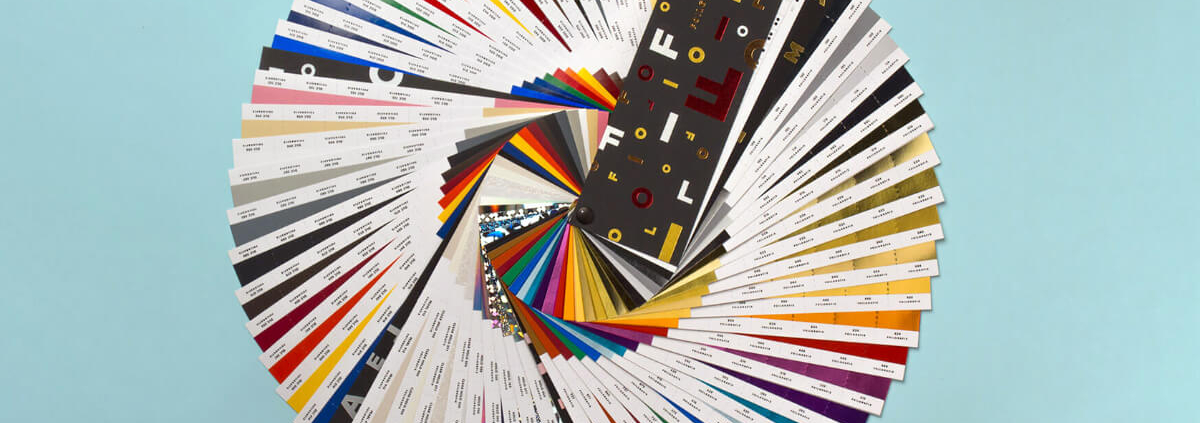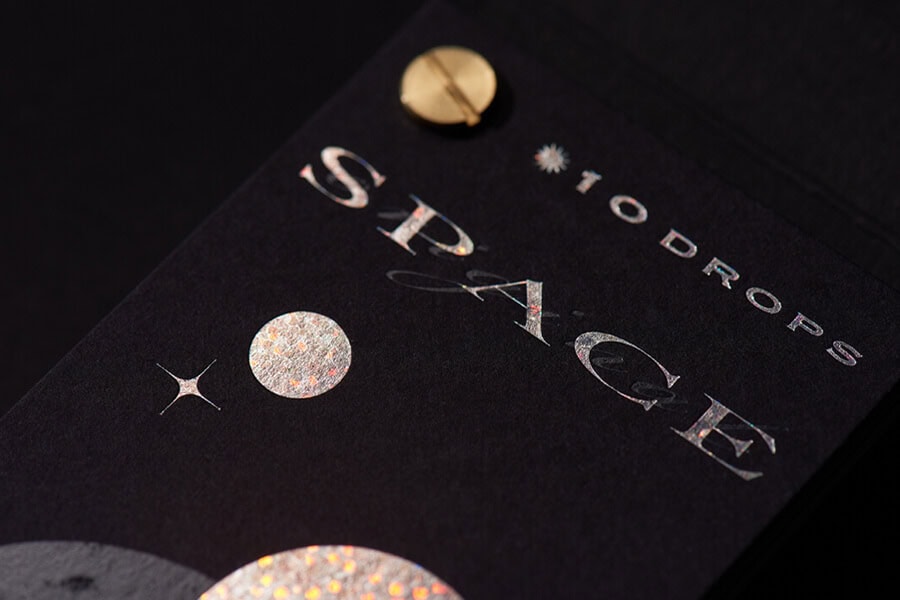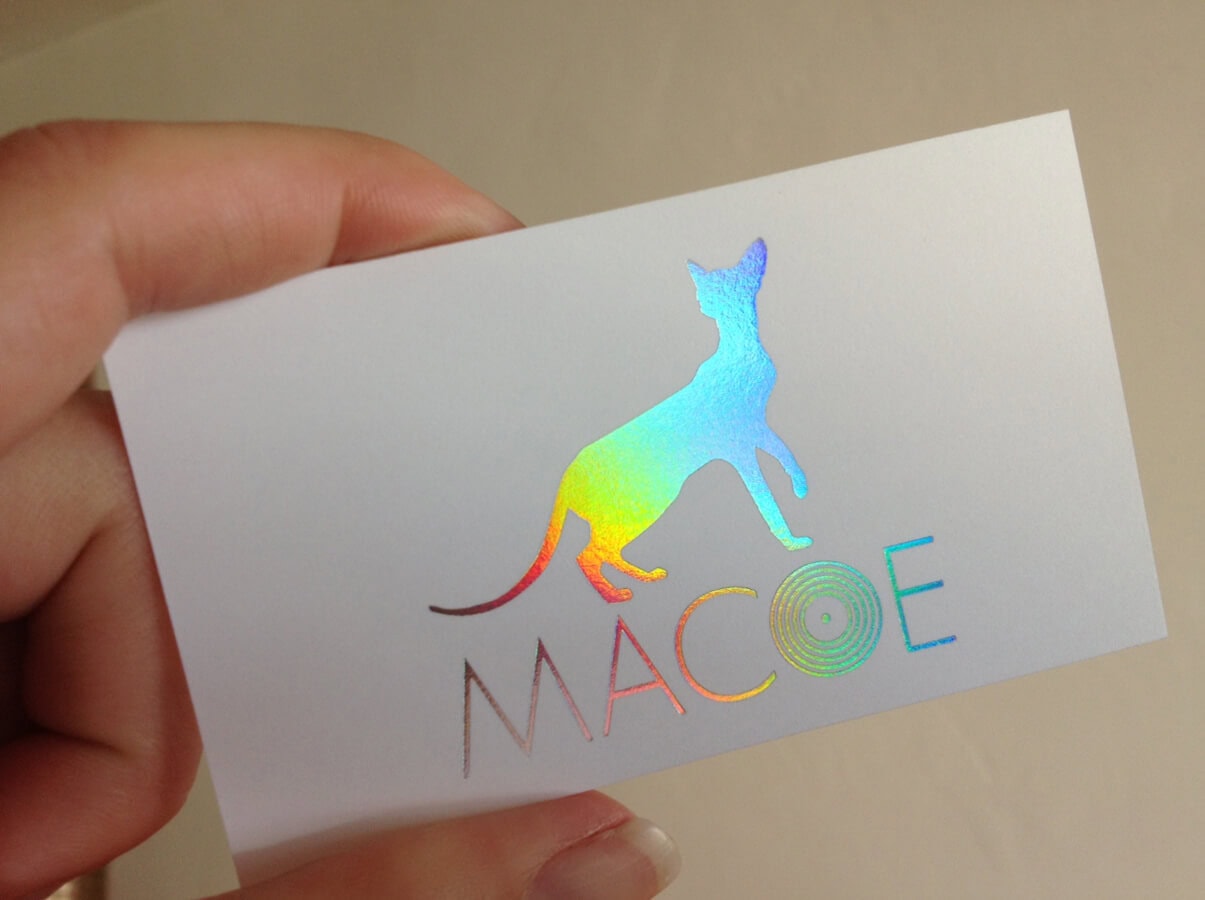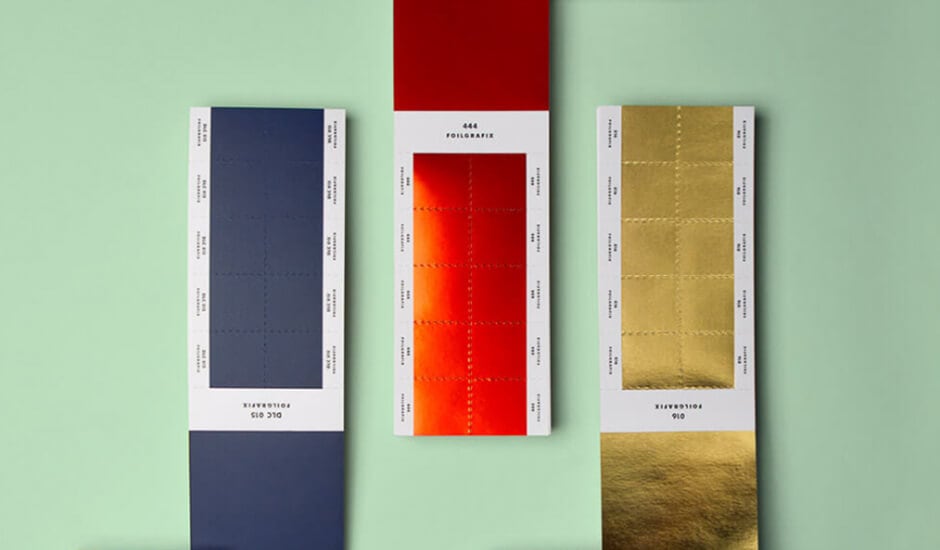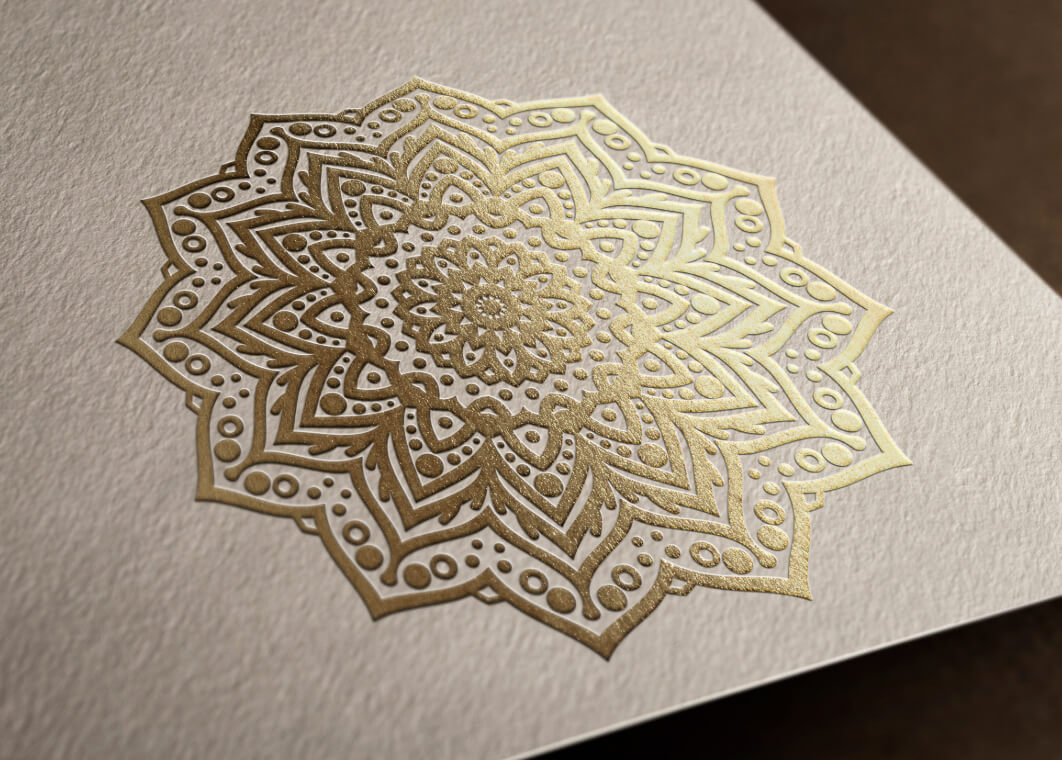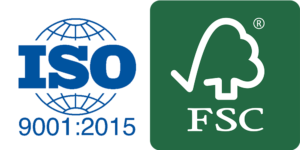What Is Foil Stamping? A Guide to Stunning Print Effects
Foil stamping is a brilliant printing technique used to add a touch of luxury, sophistication, and vibrancy to a wide variety of products.
If you’ve ever wondered, What is foil stamping?, you’re in the right place!
This blog will walk you through everything you need to know, including its history, applications, types of foil stamping techniques, and how it can benefit your products.
Whether you work in product packaging, stationery, or certificates, foil stamping can elevate the quality and appeal of your items.
Let’s dive into this powerful technique and explore What is foil stamping & how it’s transforming product design.
Overview of Foil Stamping
What is foil stamping?
Foil stamping, also known as hot foil stamping, is a print finishing technique that involves the application of metallic or pigmented foil to a surface using heat and pressure.
The foil adheres to the printed design, creating a vibrant, reflective effect.
It’s commonly used for embellishing packaging, stationery, business cards, and promotional materials to give products an eye-catching and premium look.
The process can be used to create sharp, clean lines, and intricate designs on various materials, including paper, cardboard, plastic, and fabric.
The metallic sheen provided by foil stamping is perfect for high-end products, where the goal is to create an immediate visual and tactile impact.
History of Foil Stamping
Foil stamping has a rich history, dating back to the 19th century.
The process was first developed as a way to apply gold leaf to paper products.
Early techniques used heat and pressure to transfer gold foil to the surface of paper or leather, a method originally used for decorating books, documents, and other premium goods.
Over time, foil stamping evolved, and a range of metallic and colored foils began to be used, making the process more versatile and accessible.
In the 1950s, the hot stamping press was introduced, which further revolutionized the process by enabling faster and more precise applications.
Today, foil stamping has become a standard in many industries, including luxury packaging, greeting cards, and branding.
Applications of Foil Stamping
Foil stamping has a broad range of applications, offering an eye-catching design element for various industries. Here are some of the common uses:
- Stationery: Personalized stationery, business cards, and letterheads can benefit from foil stamping to add a luxurious touch to professional materials.
- Labels: Foil stamping makes labels stand out with shimmering metallic or vibrant colored effects.
- Product Packaging: Premium products like cosmetics, perfumes, and high-end food products often feature foil-stamped packaging for a sophisticated look.
- Holiday Cards: Foil stamping enhances holiday cards by adding a festive, sparkling effect.
- Seals: Wax and embossed seals with foil stamping are commonly used for official documents and certificates.
- Pocket Folders: Pocket folders used for business purposes often feature foil stamping to create a memorable impression.
- Postcards: Foil-stamped postcards create a unique visual appeal that grabs attention.
- Certificates: For diplomas, awards, or special certificates, foil stamping can give the document a formal, prestigious look.
Types of Foil Stamping: Techniques
Foil stamping is a versatile process that can be adapted to various design needs, offering an elegant way to enhance product packaging, stationery, and other materials.
The choice of foil and stamping technique can significantly impact the final look and feel of the product.
Here’s a detailed overview of the different foil stamping methods and finishes, including their uses and environmental considerations.
1 Flat Foil Stamping
Flat foil stamping is one of the simplest and most economical methods. It involves using a copper or magnesium metal stamp to transfer the foil onto the surface, resulting in a foil design that is slightly raised above the substrate.
- Uses: This method is ideal for achieving clean, sharp designs on flat surfaces, such as business cards, stationery, and product packaging. It is particularly effective for logos and small graphics that require precision.
- Environmental Considerations: Since this is one of the most basic forms of foil stamping, it is generally less resource-intensive, making it a more environmentally friendly option compared to more complex techniques.
2 Vertical Foil Stamping
Vertical foil stamping is used for cylindrical or curved surfaces, where traditional flat stamping wouldn’t be effective.
It allows for foil designs to be stamped along the perimeter of items like bottles and tubes, following their natural curvature.
- Uses: Commonly used in cosmetic packaging, beverage cans, and other products with a cylindrical shape that need foil detailing. This technique is perfect for unique, eye-catching designs that wrap around the product.
- Environmental Considerations: The technique requires specific equipment, which may result in a slightly higher energy consumption compared to flat foil stamping, but it still offers sustainable options by using eco-friendly foils.
3 Sculpted Foil Stamping
This technique utilizes brass dies to create a raised, textured effect, adding a tactile quality to the design.
Sculpted foil stamping is perfect for creating premium, three-dimensional visuals.
- Uses: Ideal for luxury packaging, greeting cards, and high-end certificates where detailed and elevated designs are necessary. It can also be used for creating embossed foil designs for added luxury and tactile appeal.
- Environmental Considerations: The sculpting process involves more energy and material, which can increase the environmental impact. However, many businesses are shifting to recyclable and eco-friendly foil options to mitigate this.
4 Peripheral Foil Stamping
In peripheral foil stamping, foil is applied to the outer perimeter of the product, creating an elegant border or accent around the item.
It is often used in combination with other foil stamping techniques for added luxury.
- Uses: Often seen in luxury gift boxes, premium packaging, and high-end promotional materials where a polished, sophisticated look is desired.
- Environmental Considerations: This method can involve waste foil during production, but many manufacturers now offer recyclable foils to reduce waste and improve sustainability.
Types of Foil Stamping: Finishes
Foil stamping can also be customized with different finishes that add additional layers of visual and tactile appeal:
- Glossy Foil: Creates a shiny, reflective surface that catches the light. Ideal for logos, accents, and details where a high-shine effect is needed.
- Matte Foil: Offers a subtle, sophisticated finish. This is often used for premium products where a more understated look is preferred.
- Metallic Foil: Includes colors like gold, silver, copper, and rose gold. These are frequently used for luxury packaging, branding, and special edition products to create a high-end feel.
- Holographic Foil: Features a spectrum of colors that shift with the light, adding a unique, eye-catching touch. Perfect for limited-edition products or to create a futuristic, innovative vibe.
- Wood Grain Foil: A textured foil that mimics the natural appearance of wood. This is ideal for eco-conscious brands or those looking to integrate nature-inspired design into their packaging.
Types of Foil Stamping: Sustainability
As consumer demand for sustainable products continues to grow, the environmental impact of foil stamping is becoming an important consideration for businesses.
Here’s how foil stamping can be made more eco-friendly:
- Eco-Friendly Foil: Traditional foils contain plastic and other materials that aren’t always recyclable. However, many manufacturers now offer water-based foils, soy-based inks, and recyclable foils that significantly reduce the environmental impact.
- Recyclability: Foil stamping can be more sustainable when companies choose recyclable substrates like paperboard and kraft paper, which can easily be recycled alongside other paper products.
- Reduced Waste: Advanced foil stamping techniques allow for better material efficiency, reducing the amount of waste foil produced during the process. Additionally, some businesses are adopting zero-waste practices to further minimize the environmental impact.
Hot Foil Stamping vs. Cold Foil Stamping
Hot Stamping Process
Hot stamping is one of the most widely used methods for applying foil.
The process involves several steps:
- Design Creation: A design is created in digital format, usually with vector graphics for sharp, clean lines.
- Foil Selection: A metallic foil (gold, silver, holographic, etc.) is chosen to match the design and brand identity.
- Heat and Pressure Application: A heated die is pressed against the surface with the foil placed between the die and the material. The heat causes the foil to adhere to the surface, leaving behind the design.
- Final Touches: The stamped material is carefully inspected, trimmed, and packaged.
This process ensures a precise, vibrant result that brings the design to life with sharp details and a glossy finish.
The Benefits of Foil Stamping
Foil stamping is not just about creating visually stunning designs; it also offers several benefits that can help businesses elevate their products:
- Aesthetic Appeal: Foil stamping enhances the visual impact of designs, making them more dynamic and appealing to the consumer.
- Luxury and Prestige: The gleaming metallic finish is synonymous with premium, high-end products, helping businesses stand out in the market.
- Durability: Foil stamped designs are resistant to fading and wear, ensuring long-lasting visual appeal.
- Versatility: Foil stamping can be applied to a variety of materials, including paper, fabric, plastic, and leather, making it suitable for many different products.
FAQs about Foil Stamping
- What is foil stamping?
Foil stamping is a printing technique that uses heat and pressure to transfer metallic or pigmented foil to a surface, creating a shiny, high-quality effect. - What types of materials can foil stamping be applied to?
Foil stamping can be used on a wide range of materials, including paper, cardboard, plastic, and fabric. - Is foil stamping environmentally friendly?
While foil stamping uses specialized materials, there are eco-friendly foil options available, including water-based and recyclable foils. - Can I request custom foil colors for my design?
Yes, you can select from a wide variety of colors, including gold, silver, holographic, and custom shades to match your brand’s identity. - What is the cost of foil stamping?
The cost of foil stamping depends on the size of the design, the type of foil, and the number of items being stamped. It is generally more expensive than standard printing, but it adds significant value and prestige to your product.
Conclusion: Why Foil Stamping is a Game Changer for Your Brand
Foil stamping is an effective way to elevate your brand and products. Here’s why it’s worth considering:
- Luxurious Look: Adds sophistication and a premium feel to your packaging.
- Versatility: Perfect for business cards, greeting cards, certificates, and more.
- Long-Lasting Appeal: The metallic finishes create a memorable visual impact.
- Eco-Friendly Options: Sustainable foils align with both luxury and environmental goals.
Get Started with Foil Stamping Today
If you’re ready to take your designs to the next level and make your products shine, CustomBeautyBox is here to help.
We offer expert foil stamping services that bring your luxury packaging and branding to life with stunning precision.
Contact us today to discuss your project, and let’s work together to create something extraordinary that enhances the visual appeal of your brand.
Let us help you make your packaging unforgettable!

